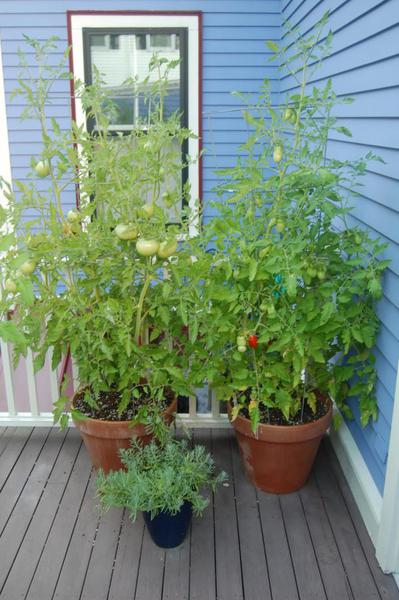Planning for a Summer Garden
go.ncsu.edu/readext?664600
en Español / em Português
El inglés es el idioma de control de esta página. En la medida en que haya algún conflicto entre la traducción al inglés y la traducción, el inglés prevalece.
Al hacer clic en el enlace de traducción se activa un servicio de traducción gratuito para convertir la página al español. Al igual que con cualquier traducción por Internet, la conversión no es sensible al contexto y puede que no traduzca el texto en su significado original. NC State Extension no garantiza la exactitud del texto traducido. Por favor, tenga en cuenta que algunas aplicaciones y/o servicios pueden no funcionar como se espera cuando se traducen.
Português
Inglês é o idioma de controle desta página. Na medida que haja algum conflito entre o texto original em Inglês e a tradução, o Inglês prevalece.
Ao clicar no link de tradução, um serviço gratuito de tradução será ativado para converter a página para o Português. Como em qualquer tradução pela internet, a conversão não é sensivel ao contexto e pode não ocorrer a tradução para o significado orginal. O serviço de Extensão da Carolina do Norte (NC State Extension) não garante a exatidão do texto traduzido. Por favor, observe que algumas funções ou serviços podem não funcionar como esperado após a tradução.
English
English is the controlling language of this page. To the extent there is any conflict between the English text and the translation, English controls.
Clicking on the translation link activates a free translation service to convert the page to Spanish. As with any Internet translation, the conversion is not context-sensitive and may not translate the text to its original meaning. NC State Extension does not guarantee the accuracy of the translated text. Please note that some applications and/or services may not function as expected when translated.
Collapse ▲Thinking about starting a garden? Late April through early May is a great time to plant warm-season vegetables like tomatoes, cucumbers, and peppers. Don’t let mother nature trick you into planting too early. Here are some tips to keep in mind:
-
- Select a sunny spot. Most vegetables need 6-8 hours of full sun a day.
- Start small. Managing all those plants can get discouraging.
- Place the garden near a water source. Gardens need at least 1 inch of water per week.
- Don’t plant in a wet spot. If location, access, or soil is an issue, consider container gardening instead.
- Troubleshoot early. Weeds, insects, and disease are best managed if you can hand pick and destroy them early.
- Have fun. N.C. Cooperative Extension offers great resources to help gardeners decide what, how much, and when to grow. Check out the family-friendly Vegetable Planting Guide at go.ncsu.edu/plantveggies ; and the fun-to-make-at-home vegetable planting wheel at http://go.ncsu.edu/veggiewheel
- Early Bird Tip – If you are eager to plant something before the last frost, make sure you select a cool-season crop like lettuce, carrots, or broccoli.





